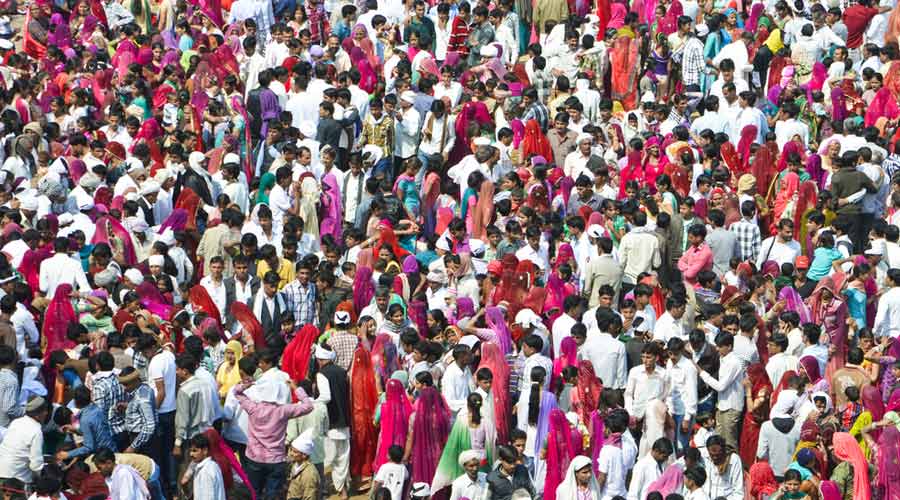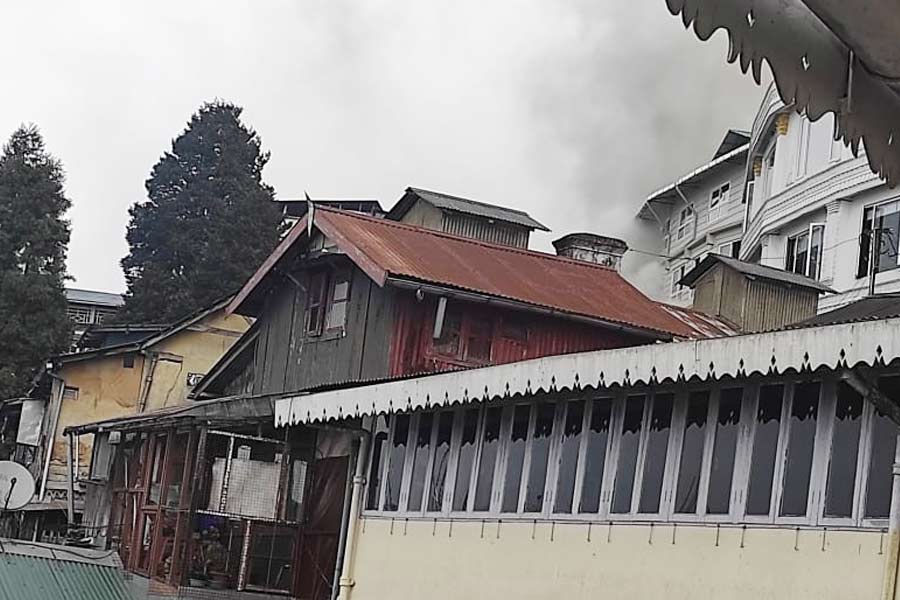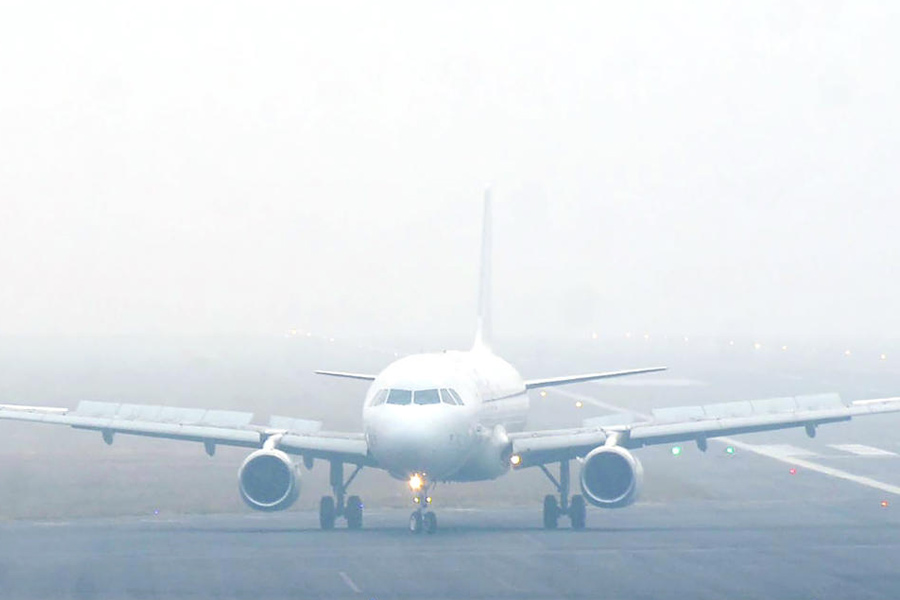Standing on the terrace of a three-storied building in Sangam Vihar, Asia's largest unauthorised colony, Dula Khan, 63, appears to be at a loss of words.
But he gathers himself soon and looks at other roof-tops in the densely populated area, close to the Asola Wildlife Sanctuary, where the soaring skyline tells a distinct story of a delicate balance between rising population and available natural resources.
Spread over an area of 5 sq km, Sangam Vihar has an estimated population of about 12 lakh and most of the residents are migrants from economically weaker sections. A large chunk of them depends on water tankers to meet their daily needs. Many blocks lack sewer lines and often the sewage spills onto the streets.
There isn't an inch that has not been concretised and the water table has already gone down, says Khan. But he is worried about another issue threatening social harmony.
Pointing towards the graveyard just 100 metres from him, Khan, the general secretary of the Sangam Vihar Qabristan Committee, says it is running out of space, just like this society, which is filled to capacity.
As India surpassed China to become the world's most populous nation on Wednesday, people like Khan believe it is becoming increasingly difficult to maintain a balance between the rising population and the available resources.
India now has a population of 142.86 crore, a little more than China's 142.57 crore, according to the latest UN data. Estimates by different agencies suggest India's population is likely to keep rising for nearly three decades before it peaks at 165 crore and then starts declining.
The burgeoning population means more houses, more unauthorised construction, less available water and space per capita, and more sewage, Khan says.
"We have no space to bury our dead. Where do we go? When it will have no space, old graves will be dug up again and reused," he says.
The graveyard measures around 5 hectares and is over 35 years old. Forest department officials say it is located inside the wildlife sanctuary, and the movement of people in the sanctuary disturbs the wildlife.
Conservationist C R Babu says India already has a very low forest cover (just 0.06 hectare per person) and the population explosion in urban centres is going to affect it further.
"More people means more development, but there is no land. It is either in the forest or floodplains, which are important ecological resources. The ecological balance will shift if you encroach on these. So, the population should be allowed to grow in tune with the natural resource base," he said.
India surpassing China to become the world's most-populous nation is an ominous sign for forests and wildlife in the coming years, said Sohail Madan, assistant director of the Bombay Natural History Society.
"The increasing population will cause environmental damage, including deforestation, pollution, etc. The overuse of resources such as coal, oil, natural gases, minerals, trees, water, and wildlife will lead to degradation of the environment, especially in the oceans," he said.
The experts say the increasing population would make it increasingly challenging for governments to provide clean air and clean water.
Delhi's Environment Minister Gopal Rai said the city government is making efforts to reduce the impact of the rising population on the environment. He says the government is connecting all houses in unauthorised colonies to the sewer network and laying water pipelines.
"To minimise the impact of the burgeoning population of Delhi on the environment, we are improving public transport and promoting e-vehicles and working with the Municipal Corporation of Delhi to improve the waste management system and flatten the garbage mountains in Ghazipur, Okhla, and Bhalswa," he said.
The government conducts annual plantation exercises to increase the green cover and is taking short-term and long-term measures to improve air quality. It is also working to ensure last-mile connectivity.
According to Pradip Shah, co-founder and director of the social enterprise Grow-Trees.com, the link between population growth, climate change, and deforestation is undeniable.
In rural areas, population increase typically leads to more land being cleared for agriculture, while in urban areas, the situation is even more worrying as development comes at a significant environmental cost, he said.
With a growing population, natural resources are depleted faster than they can be replenished, leading to poor air and water quality, water scarcity, extreme weather events, and a host of other public health issues, Shah said.
He stressed that nature-based solutions such as tree planting, forest restoration, investing in renewable energy and public transportation, and adopting sustainable agriculture practices are essential to reducing carbon footprints and mitigating the impact of climate change.
"It is imperative that we prioritise the conservation and restoration of our natural resources if we want to ensure a healthy and sustainable future," he said.
Except for the headline, this story has not been edited by The Telegraph Online staff and has been published from a syndicated feed.












